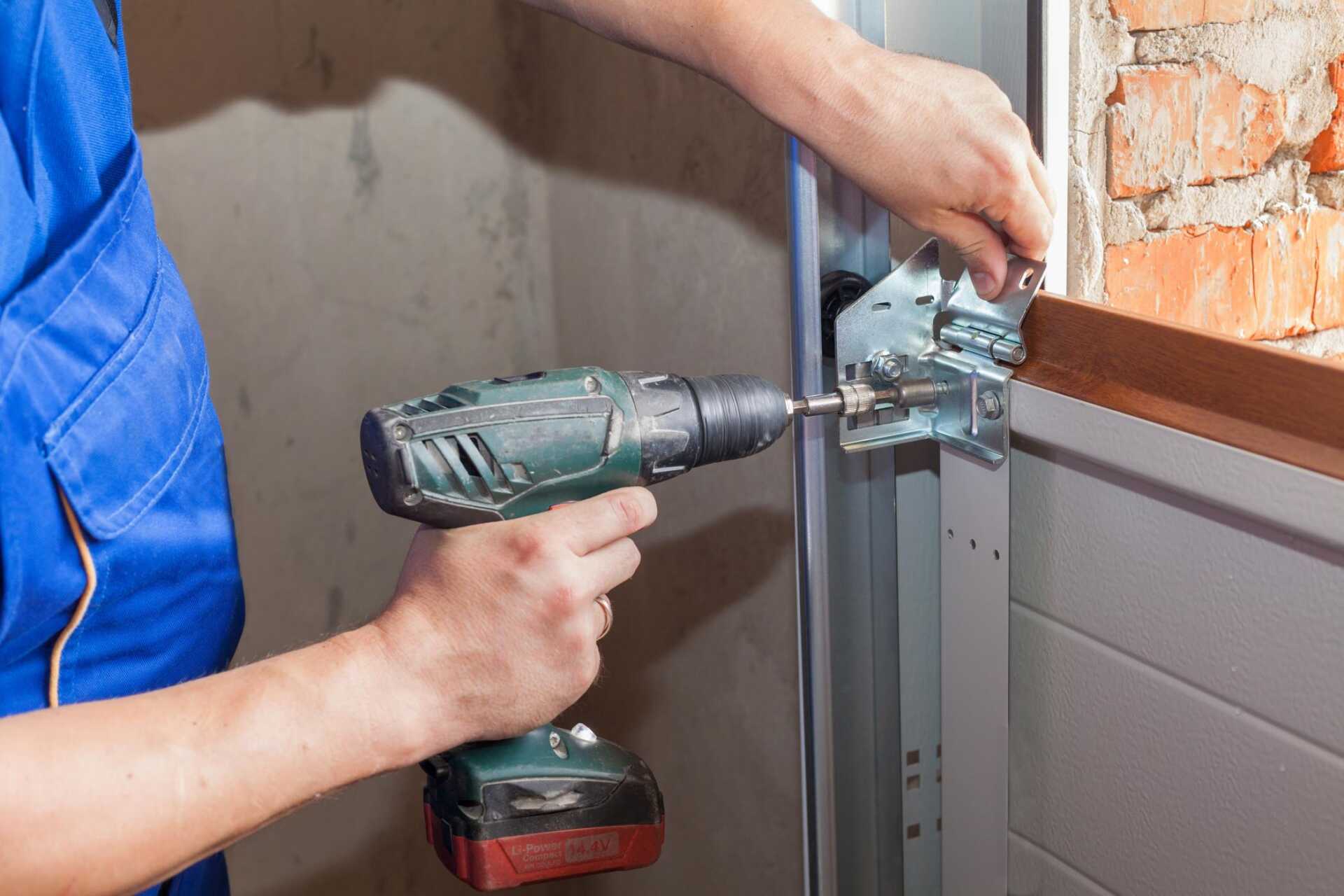
Contents
Many people overlook the subtle signs of door damage that could lead to bigger issues down the line. If you’ve noticed visible cracks, difficulty opening or closing, or even strange noises when your door operates, you might be facing more than just minor wear and tear. These warning signs can indicate serious structural problems. Understanding what to look for can help you maintain your home’s security and aesthetics, so let’s explore these critical indicators further.
Key Takeaways
- Visible cracks or dents can compromise structural integrity and require prompt repair to ensure safety and aesthetics.
- Difficulty in opening or closing indicates structural issues that need immediate attention to prevent further damage.
- Unusual noises, such as squeaks or rattles, suggest maintenance is needed to prevent more significant problems.
- Misalignment or visible gaps can indicate serious issues, affecting security and comfort within the home.
- Signs of rust or corrosion, like flaky patches, weaken the door structure and necessitate regular preventive maintenance.
Visible Cracks or Dents
When evaluating door damage, visible cracks or dents can be significant indicators of underlying issues. These imperfections compromise the door’s structural integrity and diminish its aesthetic impact.
If you notice cracks or dents, it’s crucial to address them promptly to maintain your home’s overall appearance and safety.
One effective maintenance tip is to inspect your doors regularly, especially after severe weather. Look for any signs of damage that could worsen over time.
If you spot a crack, consider filling it with wood filler, then sand and repaint to restore the door’s look. For dents, you might use a hairdryer to heat the area and then apply a damp cloth to help reshape it.
Difficulty Opening or Closing
Experiencing difficulty opening or closing your door can signal more than just a minor inconvenience; it often points to deeper structural problems. This struggle typically arises from alignment issues, which can stem from poor door maintenance or environmental factors like humidity and temperature changes.
If your door sticks or requires excessive force to operate, it’s essential to address the problem promptly. Ignoring it can lead to further damage, making repairs more complex and costly.
Start by checking the hinges; they might need lubrication or replacement. You can also inspect the door frame for warping.
Regular door maintenance ensures smooth operation and extends your door’s lifespan. If you’re unsure about the cause, consulting a professional can provide clarity.
Taking these steps enhances your comfort and fosters a sense of belonging in your home, where every detail functions seamlessly.
Unusual Noises During Operation
Have you ever noticed your door making strange noises while opening or closing? Those unusual sounds can be a sign that something’s not quite right. Squeaks, groans, or rattles often indicate that your door needs attention.
Regular door maintenance is essential to prevent further damage and ensure smooth operation.
First, check the hinges; they might need lubrication. A little oil can go a long way in achieving noise reduction.
If the sounds persist, inspect the door frame and the hardware for any loose screws or components that may need tightening.
Ignoring these noises can lead to bigger problems later, so it’s best to address them early.
Misalignment or Gaps
Unusual noises can often signal underlying issues, but misalignment or gaps in your door can be just as telling. If you notice your door not sitting snugly within the door frame, it might indicate serious alignment issues.
Here are some signs to look for:
- Visible gaps between the door and the frame, especially at the top or bottom
- Difficulty closing or locking the door smoothly
- Drafts entering your home suggesting poor insulation
- Wear on hinges due to uneven stress from misalignment
Addressing these alignment issues promptly can prevent further damage and ensure your door functions properly.
Remember, a well-aligned door enhances both security and comfort in your home. If you see any of these signs, consider consulting a professional to assess and remedy the situation.
After all, a door that fits right in its frame invites you in and keeps unwanted guests out.
Rust or Corrosion Signs
When you notice flaky patches or discoloration on your door’s surface, it’s vital to investigate further, as these could be early indicators of rust or corrosion. Rust can weaken your door’s structure, making it less secure. Regular preventive maintenance is significant, especially if your door is frequently exposed to harsh weather conditions.
To help you identify potential rust or corrosion signs, here’s a quick reference table:
| Warning Sign | Possible Cause | Preventive Action |
|---|---|---|
| Flaky patches | Moisture accumulation | Regular cleaning and drying |
| Discoloration | Oxidation | Apply protective coatings |
| Structural weakness | Corrosion | Replace affected parts |
Recap
Staying vigilant for warning signs of door damage can save you both time and money. By regularly inspecting for cracks, misalignment, or rust, you can catch problems early and maintain your home’s security and aesthetics. Don’t wait until it’s too late—addressing these concerns promptly ensures your doors look good and function properly for years to come.
Recent Posts
Troubleshooting Garage Door Repair: A How-To Guide
You might not realize that regular garage door maintenance can prevent costly repairs down the
3 Tips for Troubleshooting Garage Door Repairs
When your garage door suddenly stops halfway down, it can be frustrating. Start by checking
Why Troubleshooting Garage Door Repairs Matters?
Imagine trying to leave for work, but your garage door won’t budge. This frustrating scenario

